Even in Hollywood, diversification is the name of the game. Beyond the red carpet, a surprising number of A-listers have quietly built investment portfolios spanning everything from venture capital and consumer goods to media IP. Some returns have been spectacular, others quietly shelved, but each reveals something about timing, risk, and brand leverage.
1. George Clooney — Las Ramblas Resort, Las Vegas and the Tequila Upside
Long before his billion-dollar tequila exit, George Clooney partnered with nightlife impresario Rande Gerber and developers in 2005 to create Las Ramblas Resort, a proposed luxury hotel, condominium, and casino on the Las Vegas Strip, modelled on Barcelona’s promenade. The $3 billion project promised open-air boulevards, eleven towers, and old-Vegas glamour, but it never broke ground as the financial crisis loomed.
Clooney’s subsequent co-founding of Casamigos Tequila, later sold to Diageo in 2017 for approximately one billion US dollars, demonstrated the compound value of brand and timing. This long-forgotten Las Vegas investment, recently resurfacing in a Mr Luck feature, serves as a reminder that even failed ventures can foreshadow billion-dollar instincts. For investors, it shows that brand-led consumer goods combined with operational exit timing can outperform even the most promising real-estate plays.
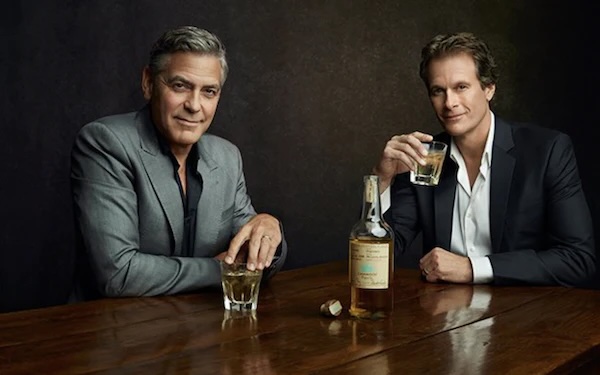
2. Maria Sharapova — Sugarpova and Supergoop
Tennis champion Maria Sharapova’s business career began with Sugarpova, a premium confectionery label launched in 2012 that turned her global following into shelf appeal. More strategically, she invested early in Supergoop, a sunscreen and skincare brand operating at the intersection of beauty and wellness.
The global sun-care market was valued at around 10 billion US dollars in 2024, projected to reach nearly 20 billion US dollars by 2033, representing a compound annual growth rate of about seven percent. Even conservative estimates place the sector at roughly 15 billion US dollars in 2024, rising to over 22 billion US dollars by 2032. For investors, it is a classic example of early-stage positioning in a high-growth category where consumer health, brand credibility, and recurring demand deliver resilient returns.
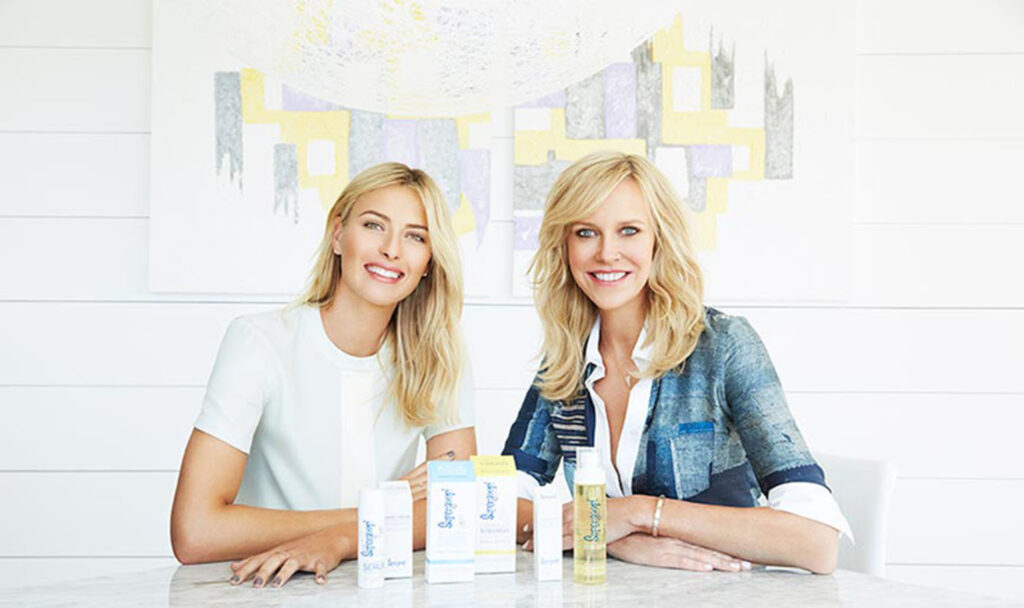
3. Kathy Ireland — Kathy Ireland Worldwide
What began in 1993 as a single line of socks evolved into one of America’s most quietly profitable licensing empires. Kathy Ireland Worldwide expanded into home furnishings, jewellery, pet goods, and décor, all built on an IP-driven, asset-light model that generates billions in retail turnover each year.
From an investor’s perspective, it is a textbook study in scalable licensing: minimal operational exposure, global reach through partnerships, and consistently high margins without heavy capital requirements.
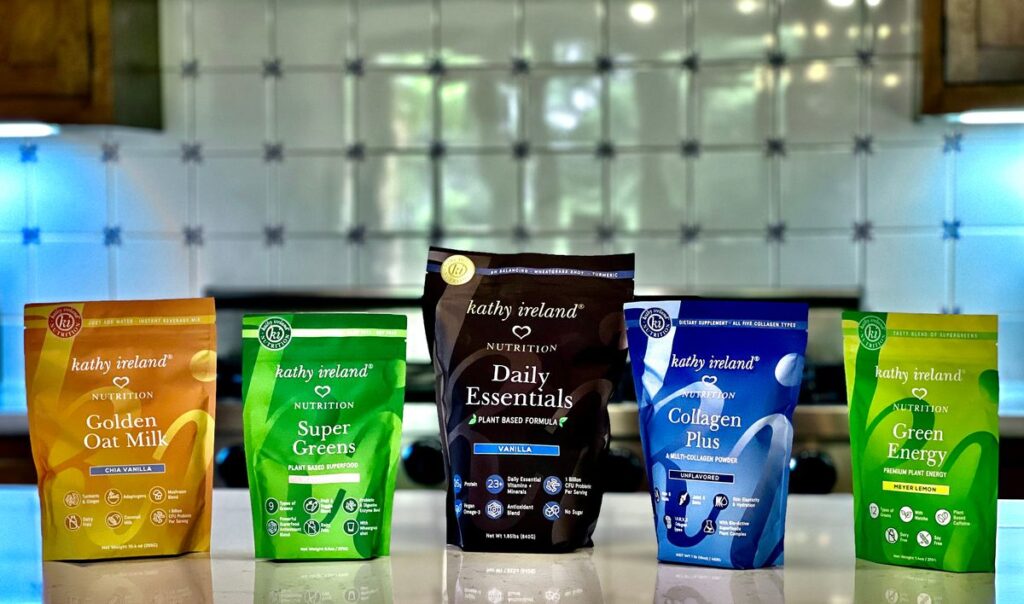
4. Tyra Banks — Tyra Beauty and SMiZe Cream
Supermodel and producer Tyra Banks extended her brand into cosmetics with Tyra Beauty in 2014, followed by SMiZe Cream, a boutique ice-cream brand inspired by her mother’s recipes.
The global beauty industry is expected to grow at approximately five percent annually through 2030, while broader cosmetics and skincare forecasts place the sector at 296 billion US dollars in 2023, rising to 446 billion US dollars by 2030, a compound growth rate of roughly six percent. Although Banks’ ventures remain niche in scale, they sit within one of the world’s most resilient consumer sectors. For investors, her move demonstrates how personal-brand equity can create profitable micro-markets within large, stable growth categories.
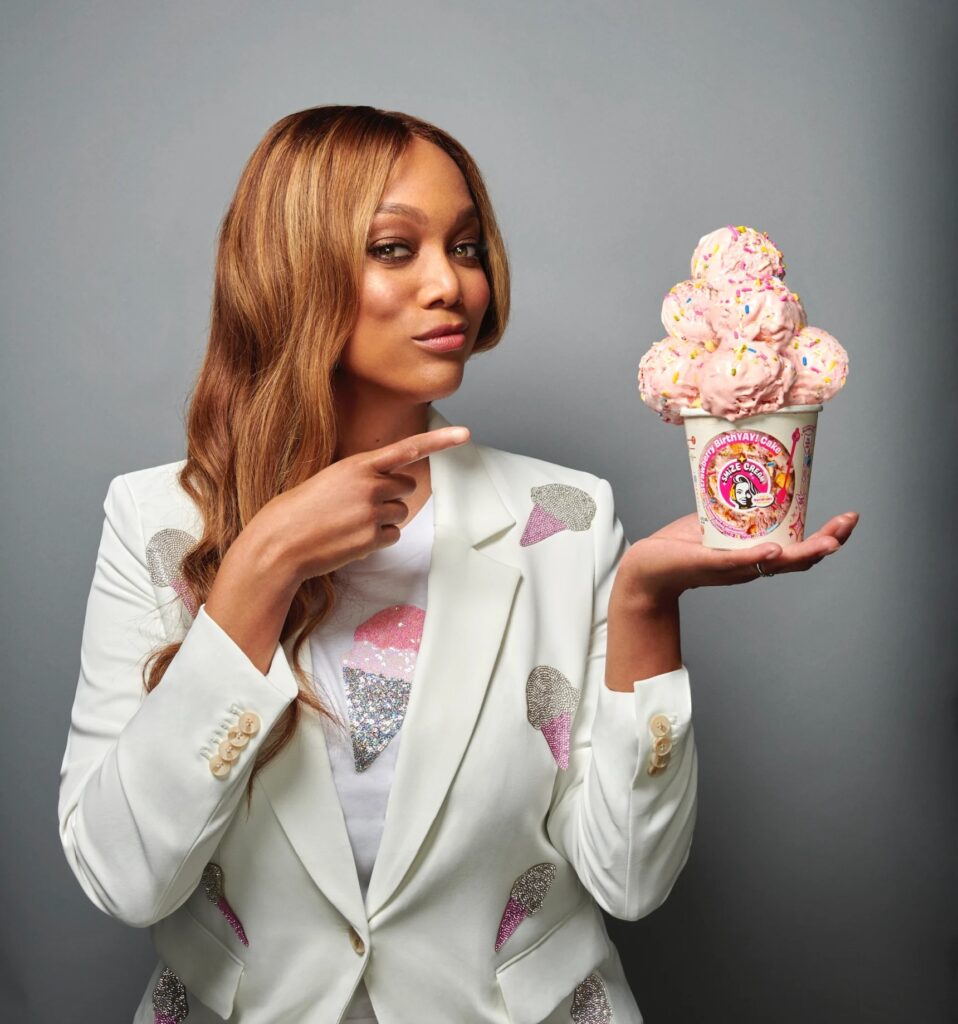
5. Ashton Kutcher — A Grade Investments
Long dismissed as a sitcom actor, Ashton Kutcher has quietly outperformed many institutional funds through his firm A Grade Investments, co-founded with Guy Oseary and Ron Burkle. The firm backed early-stage disruptors such as Uber, Airbnb, and Spotify.
An initial half-million-dollar stake in Uber reportedly grew to more than fifty million US dollars by the time of its IPO, a hundred-fold return. For investors, Kutcher’s portfolio highlights the premium of network intelligence, early access, and risk-tolerant capital in the technology sector. His performance demonstrates that informed timing and access to deal flow, not celebrity status, are what generate exponential gains.\
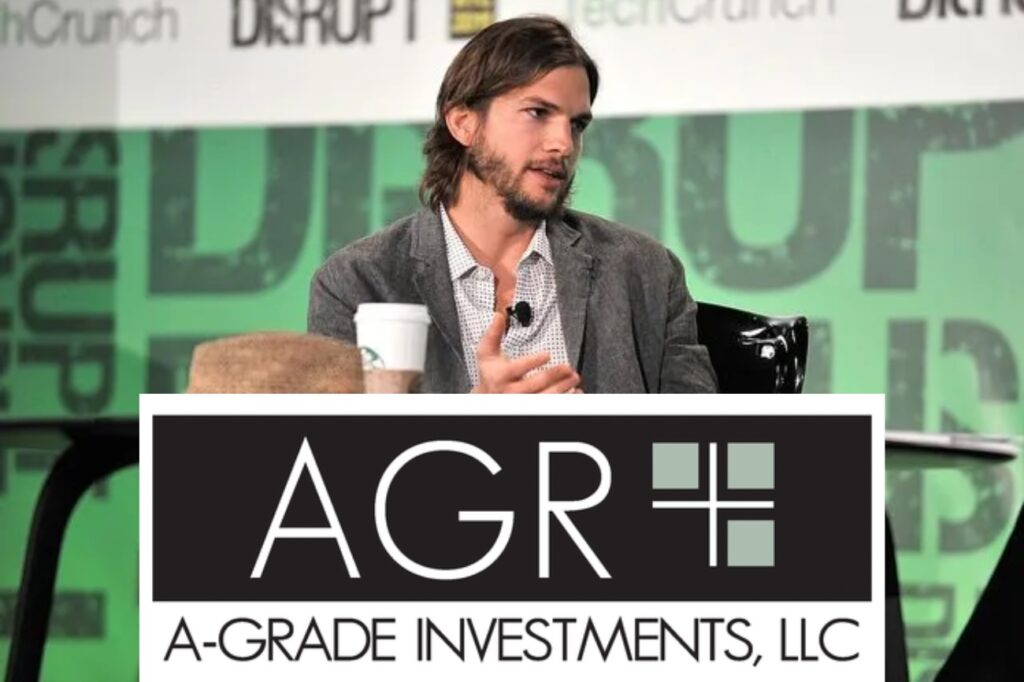
6. Reese Witherspoon — Draper James and Pacific Standard
Reese Witherspoon combined cultural credibility with business acumen. Her Southern-inspired fashion label Draper James launched in 2015, but her most lucrative venture was Pacific Standard, the production company behind Wild and Gone Girl.
Merged into Hello Sunshine and sold to Blackstone in 2021 for approximately 900 million US dollars, the deal proved that curated female-led content can deliver private-equity-grade returns when narrative, brand, and audience converge. For investors evaluating entertainment and IP rights, Witherspoon’s trajectory illustrates that intellectual property, when structured correctly, behaves as a long-duration growth asset rather than a creative gamble.
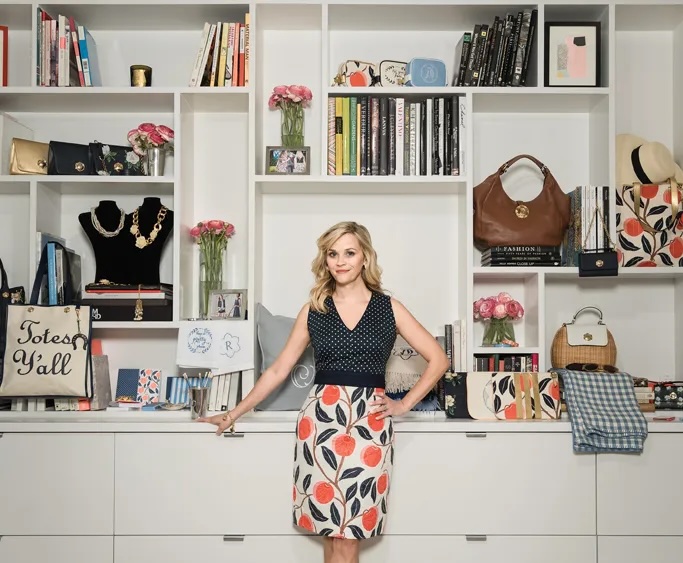
7. Jay-Z — Rocawear, Tidal, and Beyond
Few celebrity portfolios compare to Jay-Z’s. His Rocawear clothing label sold for 204 million US dollars in 2007, while his streaming platform Tidal fetched a 297 million US dollar sale to Square Inc. in 2021. Add stakes in Armand de Brignac champagne, D’Ussé cognac, art, and real estate, and the result is a vertically integrated luxury ecosystem built around his own name.
These exits show that culture-driven, brand-controlled ventures can monetise at valuations comparable to traditional luxury conglomerates, provided the creator retains both narrative and distribution control.
For investors, these stories highlight a familiar truth: celebrity cachet opens doors, but timing, leverage, and liquidity determine long-term success. Whether it is tequila, technology, or tailored denim, the smartest capital in entertainment rarely sits in the spotlight — it compounds quietly behind the scenes.
The numbers bear it out. Beauty and skincare are forecast to grow at five to six percent annually, sun-care at up to seven percent, and streaming and media content remain among the few double-digit growth categories globally. For those managing multi-sector portfolios, these celebrity ventures offer a glimpse of how brand leverage, timing, and scale can intersect to deliver genuine investor-grade returns.






